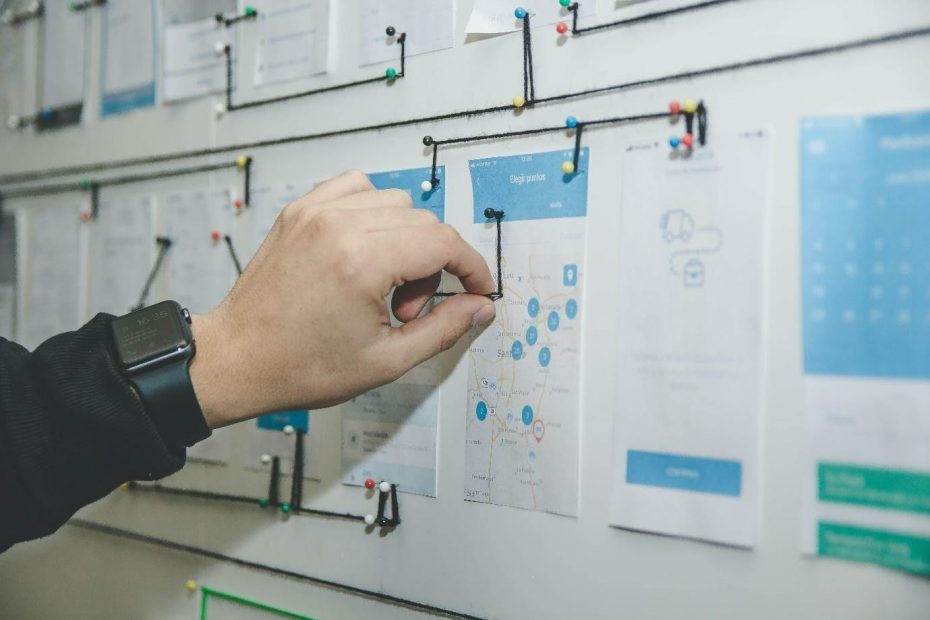Cycle time is defined as the amount of time taken by a developer to complete the assigned tasks. For development managers, high cycle times can mean inefficient operations. Inefficient operations not only hurt the end product but also create chaos in daily operations. Development teams that manage cycle times efficiently naturally outperform their rivals.
The key to success for development teams is building an excellent product and doing so in a timeframe that is appropriate. Most modern project management methodologies have teams split up tasks into groups. Pull request pick-up time is one of the stages in a larger development process.
In any complex project, there will be several tasks scheduled around the same time. This can make it very difficult to get everything done on time. Managing every single aspect of the process can be time-consuming, which is why dev. Managers need to be very diligent and stay in constant communication with their team members. Such dev. managers ensure that their projects stay on track.
Long pull request pick-up times can cause huge delays in the project. Let’s take a look at some of the most common reasons for delays in pull request pickup times and how to greatly reduce them.
Unlock the future of intelligent applications with our cutting-edge Generative AI integration services!
3 Common Reasons for Long Pull Request Pickup Times
There are normally three reasons why a team is experiencing long pull request pickup times on a certain task. These are:
- High Workload
- Confusion
- Complexity
High Workload
As already stated and widely understood by most project managers, tasks need to be managed delicately. When working on large, complex projects, there are several items on the agenda every day. Developers normally have several items that they’re rushing through to keep everything on track.
If a pull request gets posted in the middle of all this chaos, the developer may have to make judgment calls on what’s important and what can be ignored. Often, it doesn’t even come down to a judgment call; it could just be that a developer simply doesn’t have the time to get to the request within the workday.
In such instances, the manager’s job is to communicate the importance of resolving the pull request and dedicating time exclusively. Otherwise, developers may rely on someone else doing it and keep working on tasks that seem more urgent.
Confusion
Once again, development projects are complex, with several interconnected tasks happening at the same time. Developers are only human, so it’s understandable that some items fall out of their view. Sometimes due to the variety and abundance of tasks in front of developers, certain things like pull requests get missed.
It is possible that the team isn’t even aware that a pull request exists. They can’t get to something that they don’t know about. This is why effective and constant communication is so vital. Team members and managers need to talk to each other to track every single task that needs to be completed. Without this, the project will experience unnecessary delays.
-
 GSA HACS Principal Security Architect$153.15
GSA HACS Principal Security Architect$153.15 -
 GSA IT Consultant$81.12
GSA IT Consultant$81.12 -
 GSA Cloud Senior Microservices Consultant$129.41
GSA Cloud Senior Microservices Consultant$129.41
Complexity
Have you ever delayed a task simply because it’s too much work? We’ve all been there. This almost never means that the individual is incapable of getting the job done, just that other work may feel less daunting. Developers are no different in this respect.
A pull request is a code review. Developers may feel that they can better spend time actually writing new code rather than reviewing old code. Even the most astute developers may wish to get out of pull requests and focus on other tasks in the hopes that if they ignore it long enough, someone else will get to it.
Of course, this isn’t a good idea for the efficiency of the project. Delays in the pull request, especially large ones, means that there will be big delays in the project completion timeline. Managers and team members need to support each other and coordinate when it comes to managing pull requests.
How to Reduce Pull Request Pickup Time
Here are a few ways by which pull request pickup times can be reduced.
Reduce Work in Progress
As we stated previously, developers have plenty of tasks that they need to get through on any given day. By reducing the work in progress, managers can effectively reduce the workload for developers. Lower workloads mean that developers have more time to get to secondary items such as pull requests.
This doesn’t mean that work in progress should be reduced extravagantly. It’s all about managing it so that there is enough time for developers to get to items such as pull requests.
Manage Pull Request Size
Pull requests that are too large can cause hesitancy. To alleviate these concerns, the team should adopt the habit of keeping pull requests as small as possible. Smaller pull requests are more likely to be addressed and resolved in a timely fashion. Plus, they also make sure that there are no mistakes in reviewing the code.
Teams that keep pull request size small are able to reduce pickup times drastically. This is a minor but effective method of reducing pull request pickup times.
Summary for Reducing Pull Request Pickup Time
Teams, and most importantly managers, should keep an eye out on all active pull requests regularly. There should be constant communication to clarify who is doing what, and timelines should be agreed upon for the swift resolution of all active requests.
By working together, teams can ensure that no pull requests fall through the cracks and each code review is conducted on time. Implementing these recommendations for reducing pull request pickup time, teams will gain valuable time.
Further blogs within this Reducing Pull Request Pickup Time and Top 3 Reasons for a Zero Trust Approach to Network Security category.

